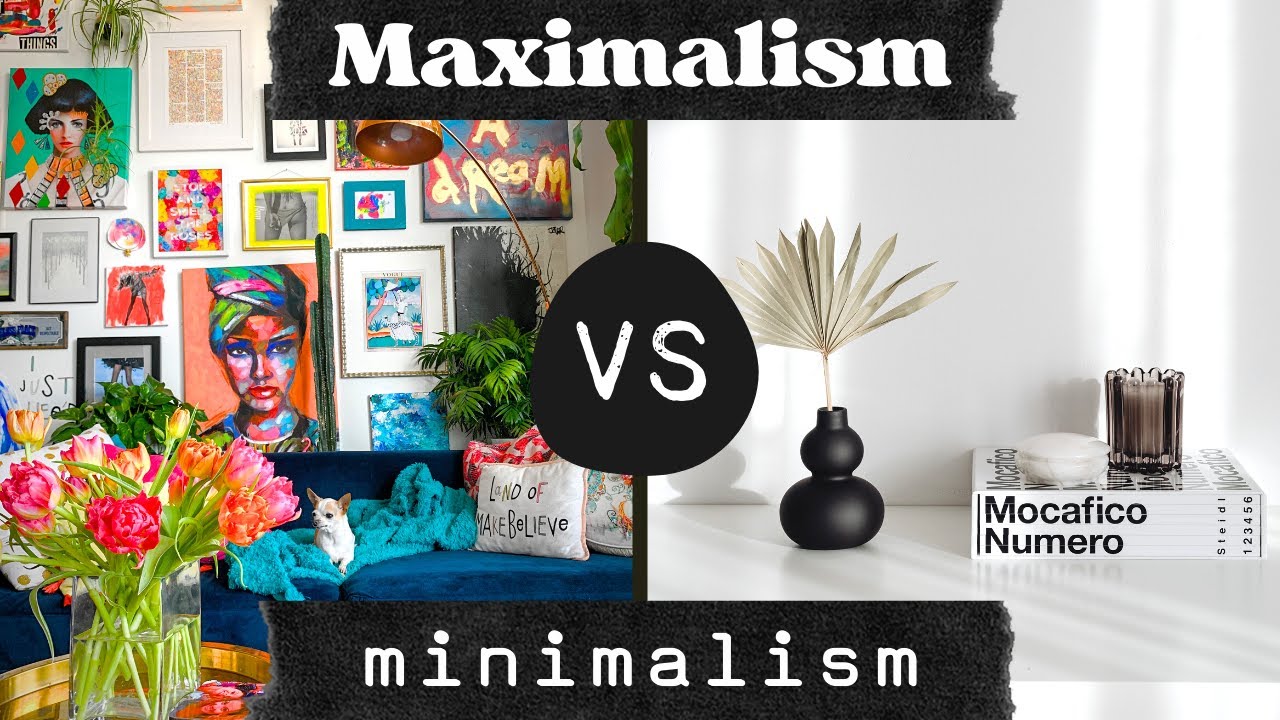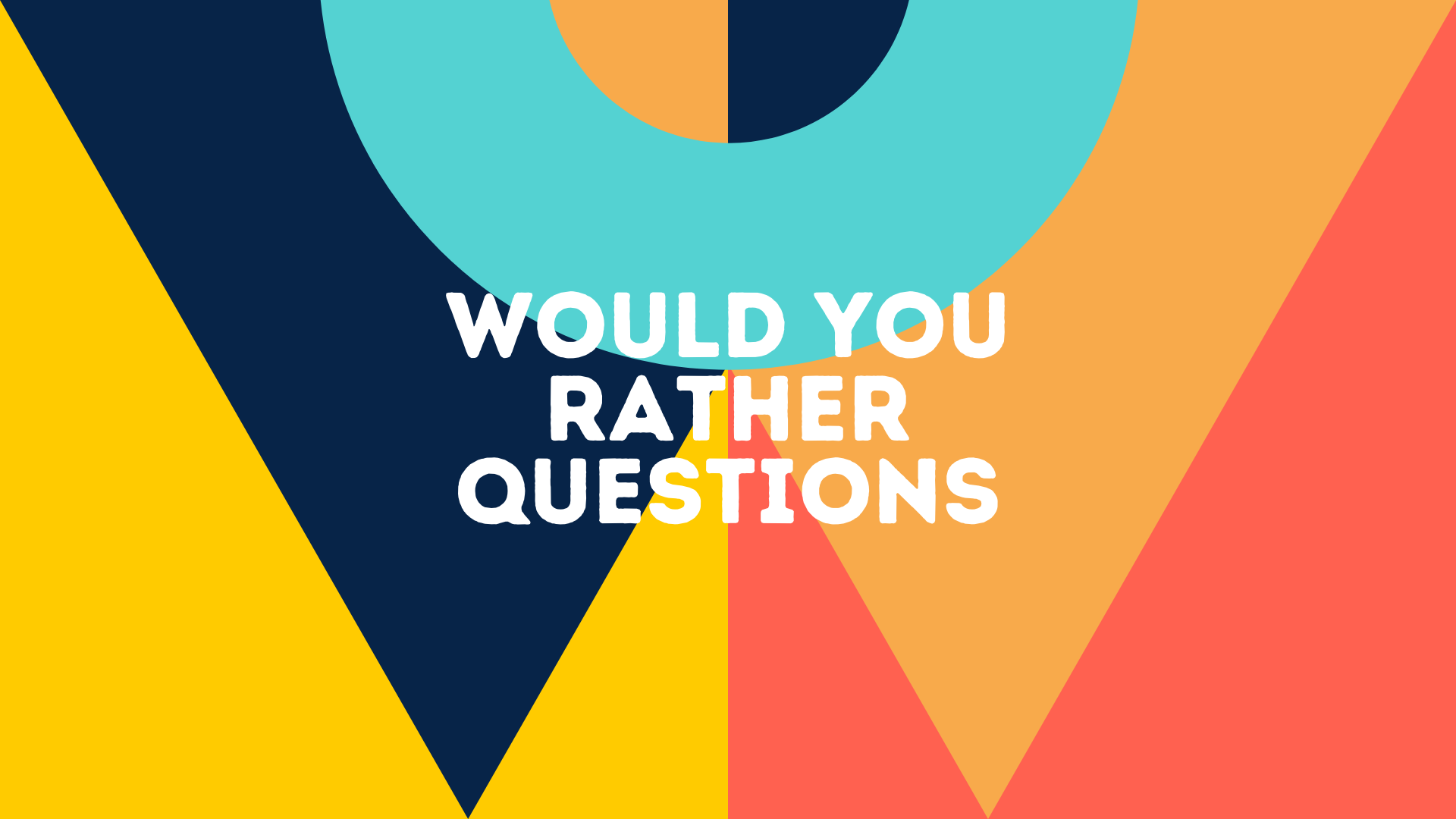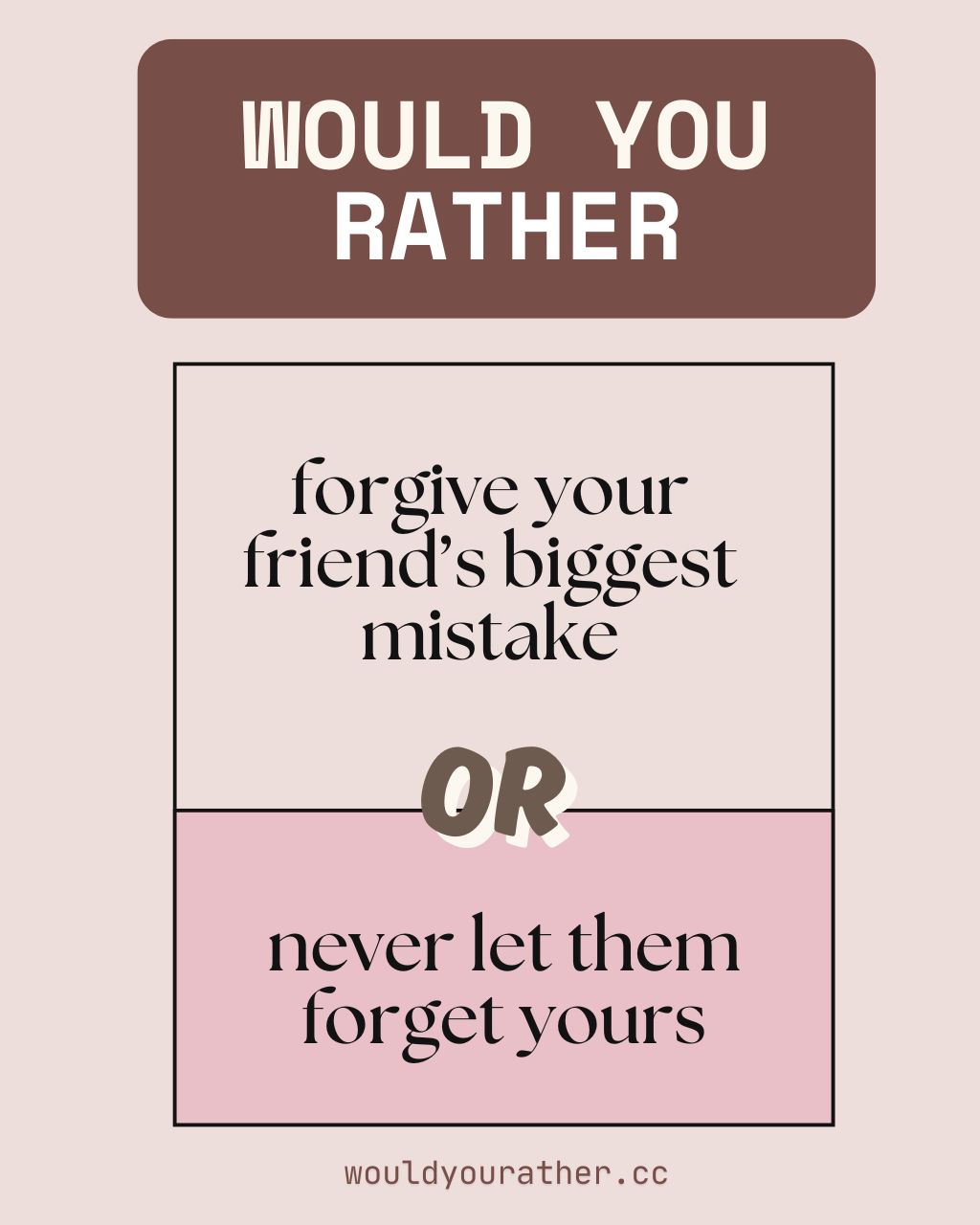Embracing a lifestyle choice isn’t just about aesthetics—it seeps into how you manage time, money, relationships, mental health, and the very space you inhabit. Two poles have emerged in recent years as guiding philosophies for how we own, consume, decorate, and live: minimalism and maximalism. Each offers distinct benefits and challenges. Understanding them deeply can help you decide which approach—or which blend—best aligns with your personality, values, and aspirations.
What Is Minimalism?
At its core, minimalism advocates for intentional living through reducing excess. It encourages you to keep only what adds value—be that functionally, emotionally, or aesthetically—and let go of the rest. Minimalism often manifests as:
-
Decluttered spaces: clear surfaces, open floor plans, and limited decorative objects.
-
Neutral palettes: whites, grays, blacks, and natural wood tones dominate.
-
Quality over quantity: investment in a few durable, versatile pieces—furniture, clothing, tools.
-
Mindful consumption: buying with purpose, avoiding impulse purchases, focusing on experiences.
Key Benefits of Minimalism
| Benefit | Why It Matters |
|---|---|
| Mental clarity | Fewer visual distractions reduce cognitive load and decision fatigue. A tidy environment often translates to a calm mind. |
| Financial freedom | Buying less means spending less. Over time, you save money, reduce debt, and can invest in meaningful experiences. |
| Sustainability | Consuming less and choosing durable goods reduces waste and environmental impact. |
| Easier maintenance | Fewer possessions mean less cleaning, organizing, and repairing—freeing up time for hobbies, relationships, or rest. |
| Enhanced focus | With distractions minimized, you can concentrate on goals—writing a book, mastering a skill, or deepening relationships. |
What Is Maximalism?
Maximalism flips minimalism’s script. It celebrates abundance, boldness, and layering—whether in color, pattern, texture, or possessions. A maximalist space might feature:
-
Vibrant palettes: jewel tones, saturated hues, high-contrast combinations.
-
Pattern play: mixing florals, geometrics, animal prints, and more.
-
Eclectic collections: shelves overflowing with books, art, souvenirs, plants, textiles.
-
Personal storytelling: every object has a memory, a story, a reason to be displayed.
Key Benefits of Maximalism
| Benefit | Why It Matters |
|---|---|
| Creative expression | An abundant canvas to showcase personality, heritage, travels, and passions. |
| Emotional warmth | Layers of color and objects create cozy, inviting environments that feel “alive.” |
| Inspiration engine | Surrounding yourself with stimuli—art, books, curios—sparks ideas and fuels creativity. |
| Celebration of individuality | Rejects one-size-fits-all décor; maximalism honors uniqueness and self‑expression. |
| Social catalyst | Conversation-starter objects and vibrant spaces encourage connection and storytelling. |
Minimalism vs. Maximalism: Side‑by‑Side Comparison
| Dimension | Minimalism | Maximalism |
|---|---|---|
| Visual impact | Calm, serene, airy | Bold, energetic, dynamic |
| Emotional tone | Peaceful, focused, restrained | Warm, playful, exuberant |
| Consumption style | Intentional, selective | Exploratory, acquisitive |
| Maintenance | Low effort, regular editing | Higher effort, ongoing styling |
| Cost implications | Lower ongoing spending; higher upfront quality investment | Potentially higher spending on multiple items; thrift and collectible hunts can offset cost |
| Suitability for small spaces | Excellent—open feel | Challenging but can work with careful editing and vertical layering |
| Impact on creativity | Reduces distractions to foster deep work | Provides stimuli to spark new ideas |
| Emphasis | Function, space, light | Form, color, texture |
Which Lifestyle Fits You?
Choosing between minimalism and maximalism isn’t a forced binary. Many people discover they thrive in a hybrid—curating a mostly minimal backdrop punctuated by maximalist accents that reflect their passions. To identify your ideal fit, consider:
-
Personality Traits
-
Introverts and those who crave calm may lean minimalist.
-
Extroverts and those energized by stimuli may prefer maximalist vibrancy.
-
-
Work & Creativity Style
-
If you need blank mental “canvas” for focus, minimalism supports deep work.
-
If you draw energy from visual variety, maximalism can fuel brainstorming.
-
-
Emotional Needs
-
Anxiety-prone individuals often find relief in decluttered, predictable spaces.
-
Those seeking emotional warmth may feel more at home amidst layers of color and mementos.
-
-
Life Stage & Space
-
Busy parents or frequent travelers may not have time for high‑maintenance décor—minimalism reduces upkeep.
-
Collectors, artists, or those in stable seasons may relish curating rich environments.
-
-
Financial Goals
-
If debt reduction or saving is a priority, minimalism’s “buy less” ethos helps.
-
If you view purchases as investments in joy and self‑expression, maximalism’s acquisition can be fulfilling—so long as it’s intentional.
-
How to Adopt a Minimalist Approach
-
Conduct a “What Adds Value?” audit.
-
Sort belongings into Keep, Donate/Sell, and Unsure.
-
Ask: Does this item serve a function or bring me genuine joy?
-
-
Embrace multi‑functional pieces.
-
Sofa beds, fold‑down desks, nesting tables maximize utility in small footprints.
-
-
Establish one-in, one-out rules.
-
For every new purchase, let go of one existing item.
-
-
Limit your palette.
-
Choose 2–3 neutrals + 1 accent color for décor and wardrobe.
-
-
Digital declutter.
-
Unsubscribe from emails, delete unused apps, organize files into a simple folder structure.
-
-
Mindful consumption habits.
-
Wait 30 days before non‑essential purchases; track spending to reveal impulse patterns.
-
How to Embrace Maximalism Responsibly
-
Curate intentionally.
-
Even in abundance, each object should be chosen with care—no random clutter.
-
-
Find cohesive threads.
-
Pick a unifying element (color family, theme, era) to tie diverse items together.
-
-
Layer in editing phases.
-
Add in small batches, step back, then adjust. Prevents overwhelming chaos.
-
-
Mix high and low.
-
Combine treasured heirlooms or original art with budget‑friendly finds or DIY pieces.
-
-
Use vertical space.
-
Floor‑to‑ceiling shelves display collections without eating up floor area.
-
-
Rotate displays.
-
Keep things fresh by swapping objects seasonally or whenever inspiration strikes.
-
Real‑World Case Studies
| Person | Approach | Outcome |
|---|---|---|
| Emma, 29, Graphic Designer | Adopted minimalism to combat decision fatigue while freelancing. She now works in a bright, white studio with one vibrant gallery wall for inspiration. | Increased productivity by 30%, reduced stress, and spends saved money on travel. |
| Jamal, 35, Antique Collector | Fully maximalist: his living room is a curated museum of mid‑century lamps, textiles, and vintage posters. Each piece tells a story. | Feels happiest at home, hosts dynamic dinner parties, and turned his passion into a side‑business. |
| Priya & Carlos, Married Couple | Hybrid: minimalist kitchen and bedrooms; maximalist living room filled with art from their travels. | They enjoy calm rest spaces and a lively gathering area—best of both worlds. |
Potential Pitfalls & How to Avoid Them
| Lifestyle | Pitfall | Mitigation |
|---|---|---|
| Minimalism | Spaces feel sterile or impersonal. | Introduce a few meaningful accents—plants, a single piece of art, textured textiles. |
| Rigid rules lead to guilt over “too many” possessions. | Focus on flexibility: seasonal re‑evaluations rather than one‑time purge. | |
| Maximalism | Clutter overwhelms, making cleaning and focus difficult. | Regular “edit sessions” to remove items that no longer resonate. |
| Overspending on decor leads to financial stress. | Set a monthly décor budget; hunt at thrift stores and DIY to control costs. |
Hybrid: The “Mindful Maximal-Minimalist”
Many find the sweet spot in a mindful hybrid—combining minimalism’s clarity with maximalism’s warmth:
-
Neutral foundation + accent zones. White walls and simple floors, plus one gallery wall or display shelf.
-
Capsule wardrobe + statement pieces. A small collection of versatile basics, paired with a few bold accessories.
-
Essential tools + decorative extras. Keep only the kitchen gadgets you use; display colorful cookbooks and ceramics.
-
Digital minimalism + creative chaos. Organized folders for work; an “inspiration” drive for images, articles, and art.
Measuring Your Success
Ask yourself quarterly:
-
Do I feel calm or energized in my space?
-
Am I spending within my means or accumulating stress?
-
Is my environment supporting my goals, or distracting me?
-
Do I cherish the items I own, or feel burdened by them?
Your answers will guide tweaks—adding a pop of color or letting go of one more item—so your environment evolves with you.
Conclusion
Minimalism and maximalism each offer powerful pathways to a more intentional life. Minimalism gives you space—physically, mentally, financially—to focus on what truly matters. Maximalism wraps you in personality, warmth, and perpetual inspiration. Neither is “right” or “wrong.” What matters is aligning your environment with your inner needs:
-
Crave calm, simplicity, and freedom? Lean into minimalism.
-
Thrive on color, collection, and creative energy? Embrace maximalism.
-
Desire balance? Curate a hybrid that offers both serenity and spark.
By understanding the benefits and challenges of each, you can consciously design a lifestyle that fuels your well‑being, productivity, and joy. Whether you edit ruthlessly or layer exuberantly, the ultimate goal remains the same: create a space—and a life—that feels authentically yours.



